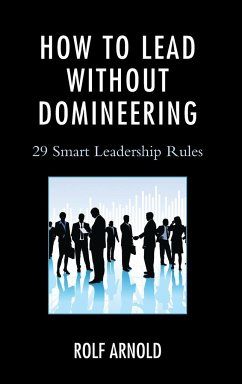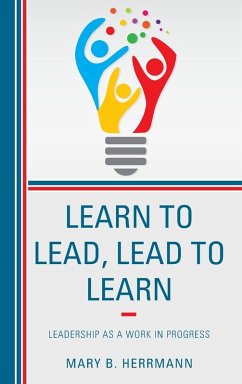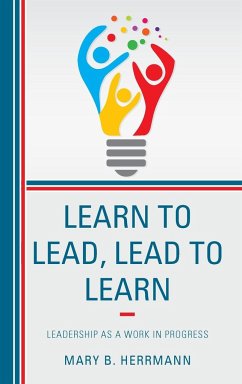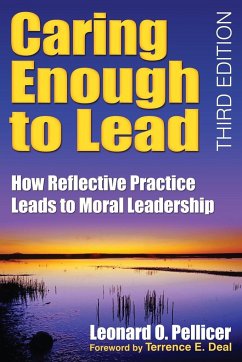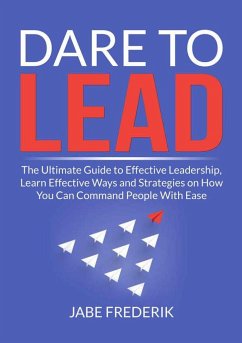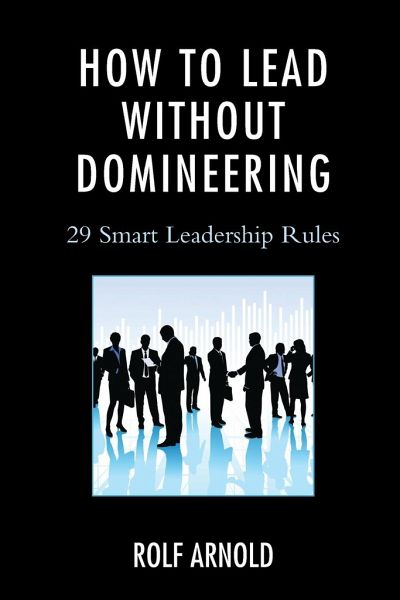
How to Lead without Domineering
29 Smart Leadership Rules
Versandkostenfrei!
Versandfertig in 1-2 Wochen
46,99 €
inkl. MwSt.
Weitere Ausgaben:

PAYBACK Punkte
23 °P sammeln!
How to Lead without Domineering: 29 Smart Leadership Rules is a tool book that contains valuable suggestions for self-reflection by leaders in a variety of roles — on the job, in a honorary post, or in any other context.





